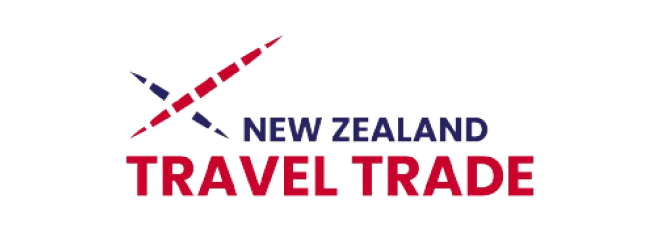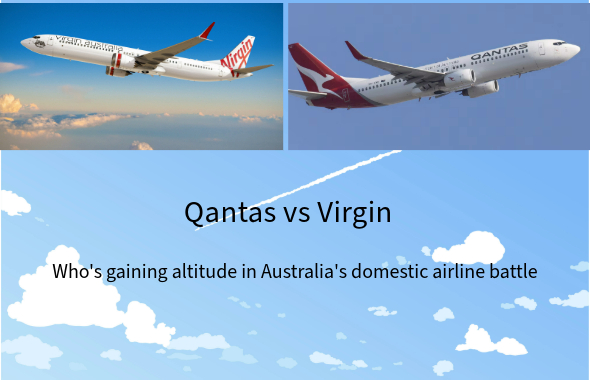Australia’s domestic aviation sector has rebounded with vigour in early 2025, but a closer analysis of the performance of its two largest airline groups Qantas and Virgin Australia reveals divergent trajectories shaped by corporate dominance, competitive voids, and strategic agility.
According to the latest ACCC Domestic Airline Competition report, Qantas Group has soared ahead, reporting EBIT of $1.5 billion for the first half of FY2024–25, with domestic operations alone contributing $916 million. Notably, Qantas Domestic, including QantasLink, generated $647 million, underpinned by a commanding 80% share of the corporate travel market, a sector experiencing a strong resurgence.
While the group’s full-service operations continue to dominate high-yield segments, it’s Jetstar’s domestic arm that has delivered the standout growth. With earnings rising 53.7% year-on-year to $269 million, Jetstar has capitalised on the collapse of Bonza in April 2024, solidifying its position as Australia’s sole low-cost carrier.
“Jetstar’s profitability surge highlights the vacuum in the LCC segment, allowing Qantas Group to consolidate margins with minimal pricing pressure,” said ACCC Commissioner Anna Brakey.
The Australian Airports Association (AAA) has echoed the ACCC’s concerns, stating that 98% of domestic passenger traffic is now controlled by just two carriers Qantas and Virgin creating a market with “minimal domestic competition”. AAA CEO Simon Westaway warned of reduced consumer choice and flexibility, stating, “There are fewer seats, fewer flights and less flexibility for Australians who want to explore their own country whether for business, leisure, or to access essential services.”
The AAA also emphasised the fragility of regional aviation, highlighting the looming funding deadline for Rex Airlines and the need for long-term policy to protect essential services and infrastructure.
By contrast, Virgin Australia’s performance was also robust but the airline doesn’t publicly report half-year results. While the carrier claimed record profits in the same period, precise financial figures remain undisclosed. However, Virgin has made meaningful strategic gains, particularly in network expansion and market share. The airline’s share of domestic passengers rose from 31.3% in March 2024 to 34.4% in March 2025, aided by Rex’s retreat from key capital city routes. Virgin also acquired three ex-Rex Boeing 737 leases, enabling added capacity and enhanced resilience across its network.
Despite Virgin’s agility and renewed financial health following its post-administration restructure under Bain Capital, it remains second to Qantas Group in both market share and corporate travel traction. The gap in market dominance is further illustrated by Qantas and Jetstar’s combined control of over 60% of domestic passenger volumes.
Weather and seasonal factors added turbulence in March 2025, when Ex-Tropical Cyclone Alfred led to a 4.9% drop in passengers and cancellations surged to 5%—well above the long-term average of 2.2%. Nevertheless, April rebounded sharply, with record travel volumes driven by school holidays, Easter, and ANZAC Day traffic.
On the fare front, airfares dipped 16.1% between October 2024 and January 2025, before rising 9.6% by March, reflecting typical seasonal variation rather than structural shifts. The market also normalised after 2024’s atypical demand surge tied to major events, such as Taylor Swift’s sell-out concerts.
From a trade perspective, Qantas Group is clearly the net beneficiary of the current market dynamics, leveraging both scale and structural dominance. Its strength in corporate and low-cost sectors places it in a formidable position amidst reduced competition.
Virgin Australia, meanwhile, is executing a measured comeback, making strategic route and fleet decisions that improve its passenger share and network strength but it still operates in the shadow of Qantas’ scale and pricing power.
As the Australian domestic market enters its post-recovery phase, all eyes will be on whether Virgin can maintain momentum and if any new or revived competitors emerge to rebalance Australia’s concentrated aviation landscape.
Qantas Dominates as Lack of Low-Cost Competition Widens Gap
Qantas Group is clearly the net beneficiary of the current market dynamics, leveraging both scale and the absence of meaningful low-cost carrier competition. Its strength in corporate and leisure sectors, combined with Jetstar’s exclusive hold in the budget space, has placed the Group in a commanding position. Virgin Australia, meanwhile, is executing a measured comeback, making strategic route and fleet decisions that improve its passenger share and network strength but it still operates in the shadow of Qantas’ scale and pricing power.


